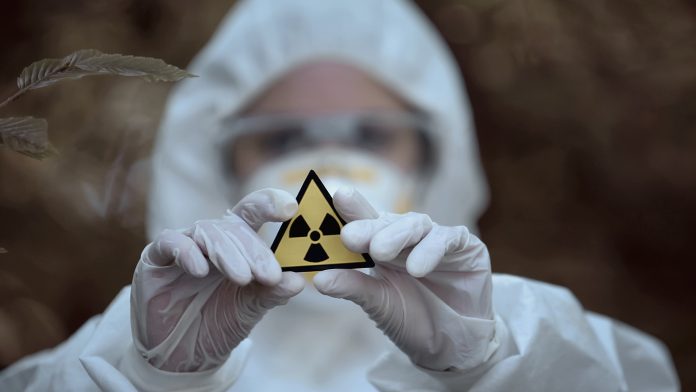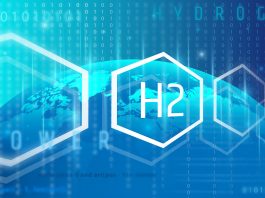The RIMANUS junior research group at TU Dresden has been awarded €1.28m in funding to develop future experts for the nuclear safety industry.
Nuclear energy proposes a potentially sustainable way to satisfy our energy goals. However, in Germany, nuclear power is declining, resulting in a large deficit of nuclear safety experts and few young people striving to enter the industry.
Germany’s Federal Ministry for the Environment, Nature Conservation, Nuclear Safety and Consumer Protection aims to plug this nuclear safety knowledge gap, providing funding to the Innovative Radiation-based Imaging Techniques for Nuclear Safety Research (RIMANUS) junior research group.
Why is Germany’s number of nuclear safety specialists declining?
The number of nuclear safety specialists in Germany is diminishing due to the country gradually phasing out nuclear power, meaning increasingly fewer students are graduating in this field. However, Germany still needs these experts because their bordering countries continue to operate nuclear power plants and develop new ones.
Additionally, new types of nuclear reactors, such as smaller modular or liquid metal-cooled ones, are being developed. These innovations require specialised nuclear safety knowledge and research. Moreover, disposing of highly radioactive waste is an issue that will continue to challenge Germany for the coming decades, meaning an abundance of domestic experts will be critical.
How will RIMANUS use the funding?
Over the next three years, the junior research group will utilise the funding to design appealing research programmes to recruit early-career researchers for nuclear safety research. Research activities will focus on optimising imaging processes for current challenges in reactor safety research and monitoring nuclear fuels.

What challenges in nuclear safety will be targeted?
Current nuclear reactors are predominantly light-water reactors. For these to work safely, effectively cooling the reactor core during a malfunction is essential. But, if the pressure system leaks, water will evaporate, inhibiting the emergency core cooling system. A similar malfunction occurred in the Fukushima reactor accident.
Dr Michael Wagner, RIMANUS Project Leader, explained: “Current research focuses on predicting when the cooling system would no longer suffice in cases of reactor failure. Therefore, we – and other research groups around the world – are working on both creating computer simulations and conducting experiments.
“Such experiments require appropriate measurement technology to analyse flow behaviour. Image-generating measurement methods such as those developed at Helmholtz-Zentrum Dresden-Rossendorf (HZDR) can contribute immensely.”
HZDR has pioneered ultrafast electron beam X-ray computed tomography that allows scientists to create liquid-gas flows in pipelines visible to the human eye at up to 5,000 frames per second. This imaging technique is being adapted for a range of applications.
Wagner added: “Our objective for the RIMANUS project is to take these X-ray imaging techniques a step further to generate 3D images and create greater beam energy for nuclear safety research.”
The project will advance nuclear fuel protocols
The funding will enable the research group to investigate the most optimal method to store spent nuclear fuel. Germany currently does not have a final repository, meaning radioactive waste has been kept in storage and transport containers – usually CASTOR casks – for over 50 years.
Researchers currently lack the knowledge to ensure that spent nuclear fuel will remain safe during this storage period. A non-invasive test method would enable researchers to understand the state of the fuel behind the 50-centimetre-thick steel walls of storage containers, meaning they will not be opened prematurely.
Utilising cosmic-ray muons is a promising method. These charged particles are created in the Earth’s upper atmosphere and can penetrate large and thick objects. The RIMANUS team plans to employ muon imaging to analyse temporary storage for nuclear fuel.









